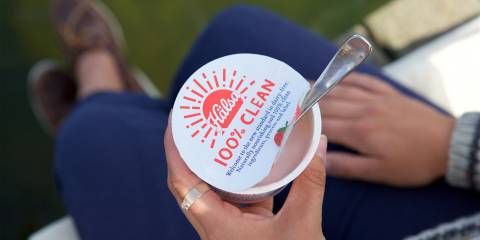Hormone levels take many women on a rollercoaster ride of physical and emotional symptoms.
From puberty to around age 40, there tends to be too much estrogen, which fuels the fires of PMS.
You can help smooth out the journey by choosing the right foods.
“An imbalance in the female hormone estrogen—as well as progesterone—might be a contributing factor in PMS, while nutrition is your first line of defense against PMS,” explains Elizabeth Somer, MA, RD, author of Eat Your Way to Happiness.
An estimated three out of four women experience PMS during their reproductive years.
Aside from the bothersome symptoms of PMS, too much estrogen can contribute to health problems, such as increasing a woman’s risk of fibroids. Exercise should be the first natural remedy for regaining balance when estrogen levels are out of whack. Regular exercise lowers circulating levels of blood estrogens.
After the ovaries, the top producer of estrogen is fat cells. Women with greater stores of body fat generally have higher estrogen levels, so it follows that exercising away fat stores also gets rid of extra estrogen.
Not surprisingly, the amount of fat in your diet also influences fat stores and thus estrogen levels.
“The fats in meat and fatty dairy products raise blood levels of estrogen, which might be at the root of many PMS symptoms. Substituting more fillet of sole (or better yet, legumes and tofu) for less filet mignon would help cut back on your saturated fat intake and might improve PMS symptoms,” Somer says.
Don’t forget about fiber, she says. A high-fiber diet enhances estrogen excretion, which can improve hormonal balance and PMS symptoms.
Most women don’t even get half of the 25 grams of fiber they should eat daily. Make sure you increase fiber gradually, since a sudden surge in intake can leave you feeling bloated.
Give yourself a couple of weeks to transition from a low-fiber to a high-fiber diet. Also, make sure you drink plenty of fluids (at least eight glasses of water a day) when switching to a high-fiber diet.



